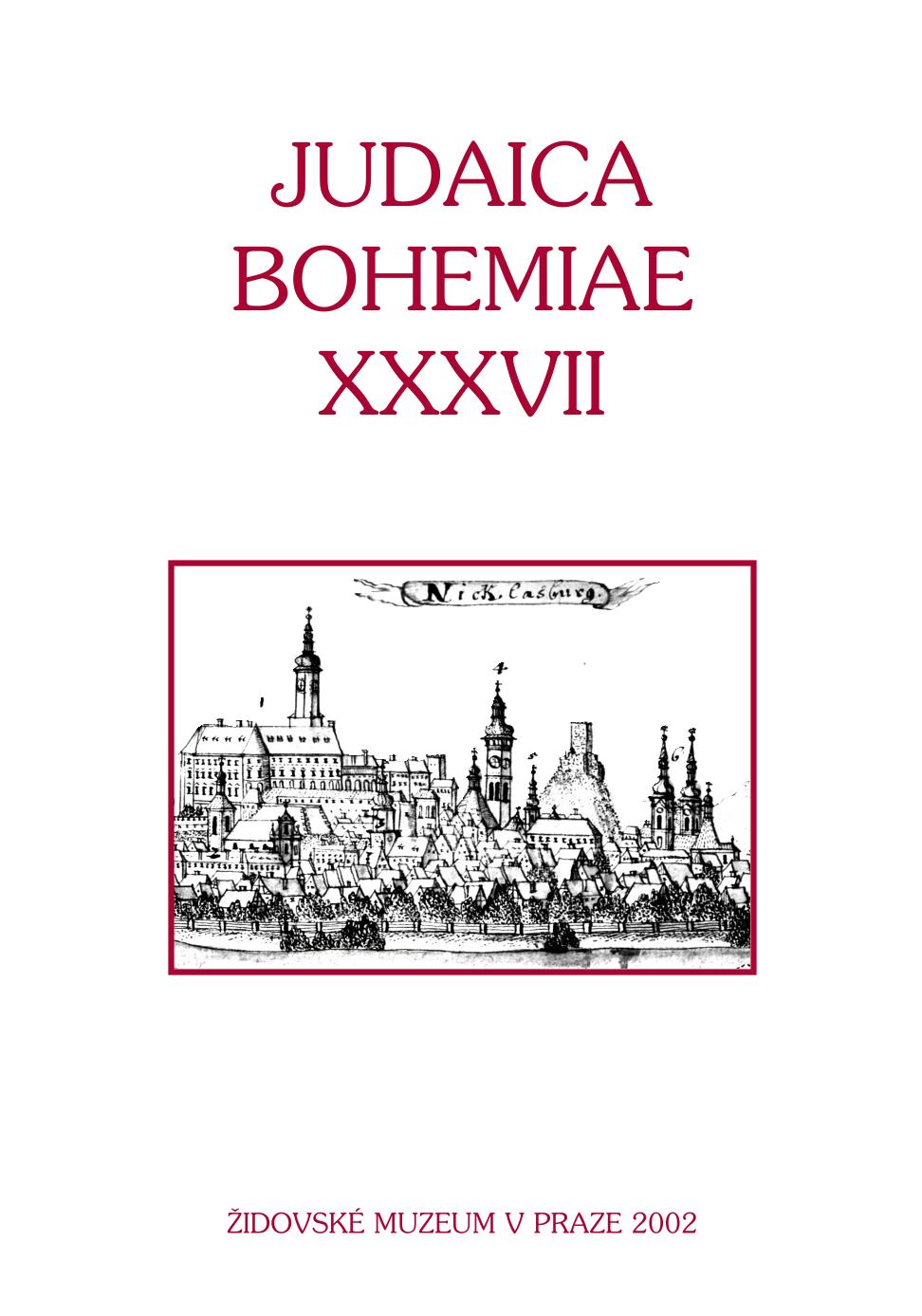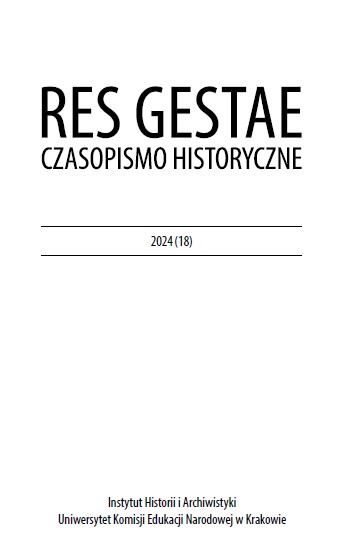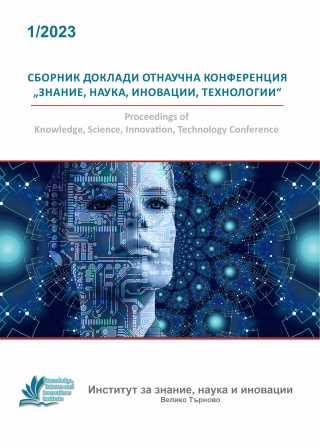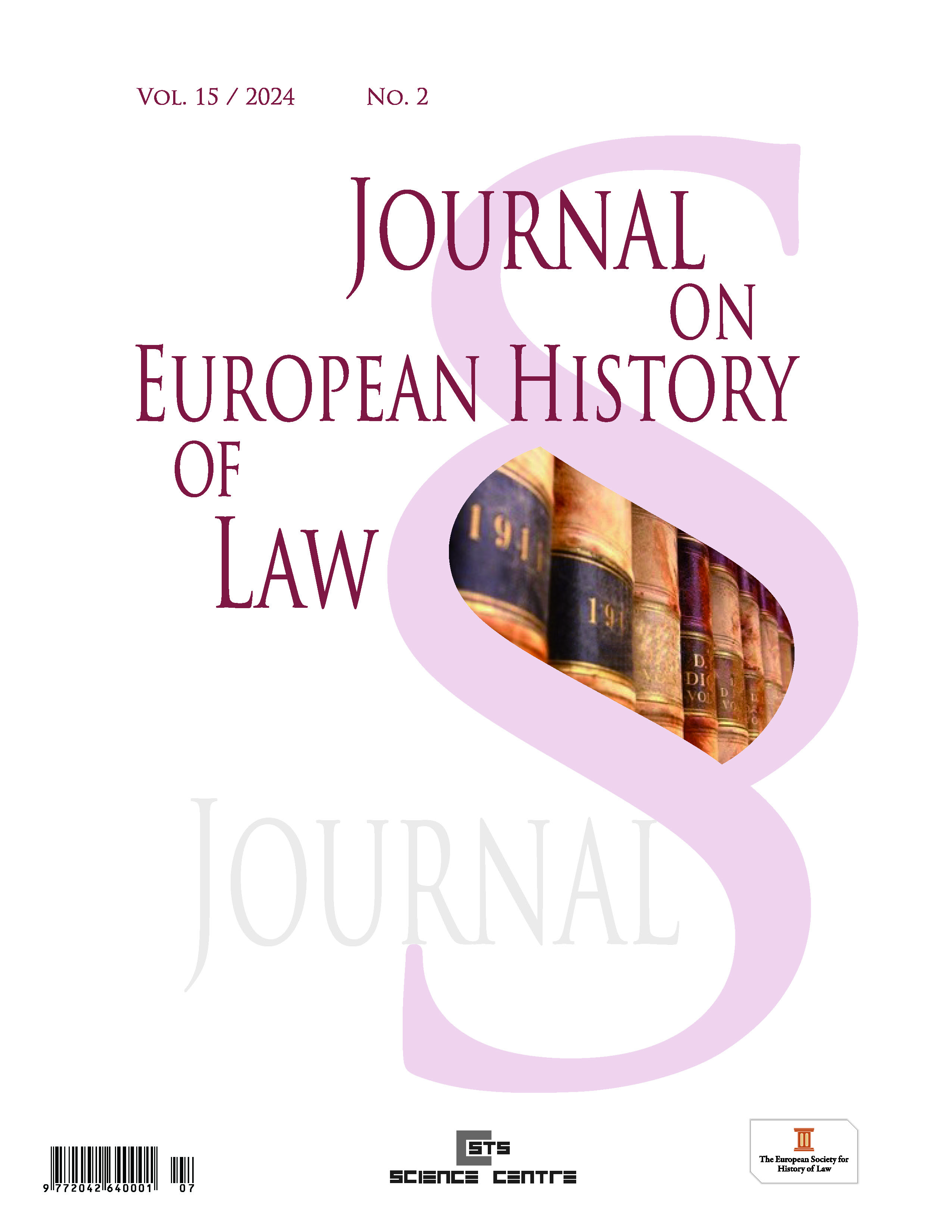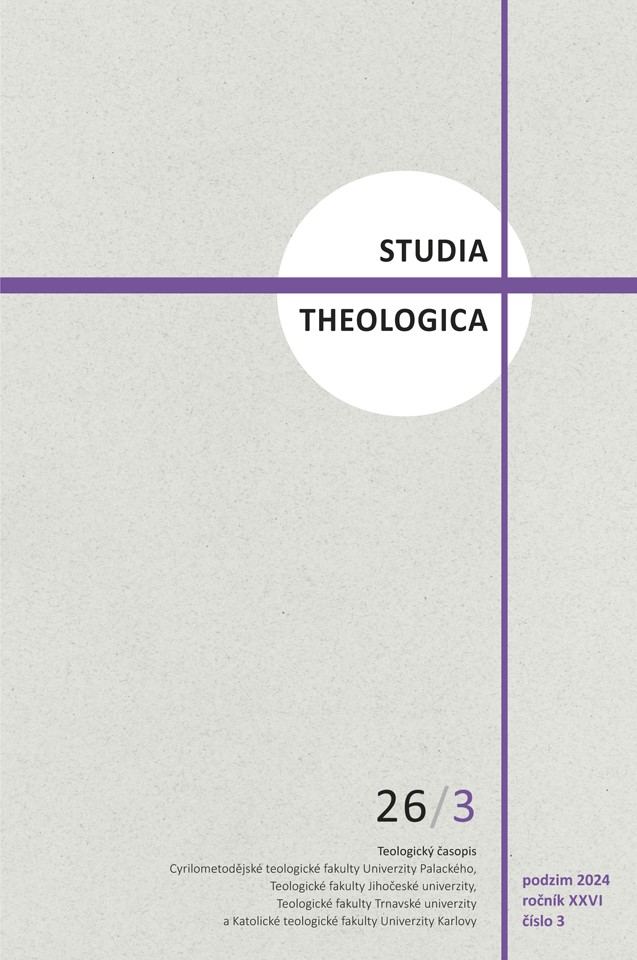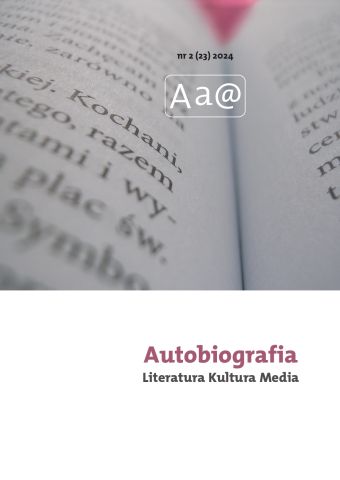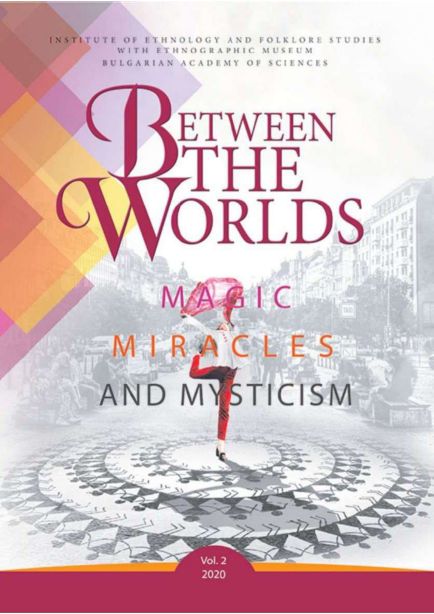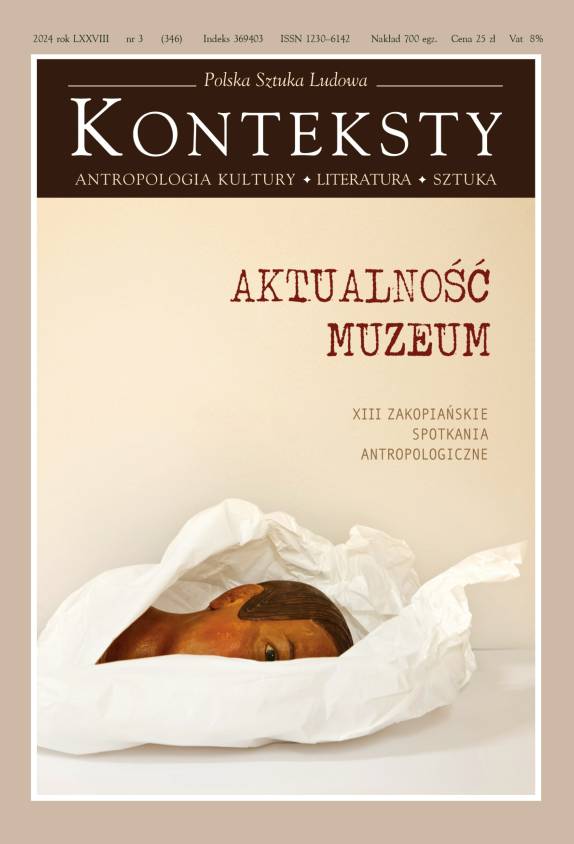Author(s): Marilyn Love / Language(s): English
Issue: 2/2020
Arslan Tash (ancient Hadātu) is quite literally a site at a crossroads. Situated in Northern Syria near the border of Turkey, Hittite and Assyrian influence is evident in its Iron Age material culture. For instance, the two 7th century BCE amulets (AT1 and AT2) which concern this paper demonstrate a blend of Neo-Hittite, Levantine, and Neo-Assyrian elements in both language and iconography. Each amulet features images of strange, demonic, and/or terrifying beings that are covered and surrounded by inscribed incantations banishing evil creatures from the household. Previous scholarship has indeed demonstrated that the epigraphy, language, and iconography reflect the blended cultural context of these amulets—and more often than not, utilises a methodological approach that is either philological or art-historical in nature. However, addressing these aspects in isolation overlooks the interplay between iconography and inscription that is evident in the Arslan Tash amulets. These amulets not only evince a crossroads between cultures, but also one between orality and literacy: the inscribed words of the incantations banish the evil night creatures by physically confronting them head-on, surrounding and smothering their iconographic representations. The scribe(s) who crafted these amulets blended elements of performative speech within scribed iconography in order to reimagine ancient apotropaic rituals in a new social context. The Arslan Tash amulets thus exhibit an emerging mode of ritual performance that increasingly relied upon the convergence of speaking, acting, and writing in order to produce more efficacious results.Arslan Tash (ancient Hadātu) is quite literally a site at a crossroads. Situated in Northern Syria near the border of Turkey, Hittite and Assyrian influence is evident in its Iron Age material culture. For instance, the two 7th century BCE amulets (AT1 and AT2) which concern this paper demonstrate a blend of Neo-Hittite, Levantine, and Neo-Assyrian elements in both language and iconography. Each amulet features images of strange, demonic, and/or terrifying beings that are covered and surrounded by inscribed incantations banishing evil creatures from the household. Previous scholarship has indeed demonstrated that the epigraphy, language, and iconography reflect the blended cultural context of these amulets—and more often than not, utilises a methodological approach that is either philological or art-historical in nature. However, addressing these aspects in isolation overlooks the interplay between iconography and inscription that is evident in the Arslan Tash amulets. These amulets not only evince a crossroads between cultures, but also one between orality and literacy: the inscribed words of the incantations banish the evil night creatures by physically confronting them head-on, surrounding and smothering their iconographic representations. The scribe(s) who crafted these amulets blended elements of performative speech with inscribed iconography in order to reimagine ancient apotropaic ritu als in a new social context. The Arslan Tash amulets thus exhibit an emerging mode of ritual performance that increasingly relied upon the convergence of speaking, acting, and writing in order to produce more efficacious results.
More...
